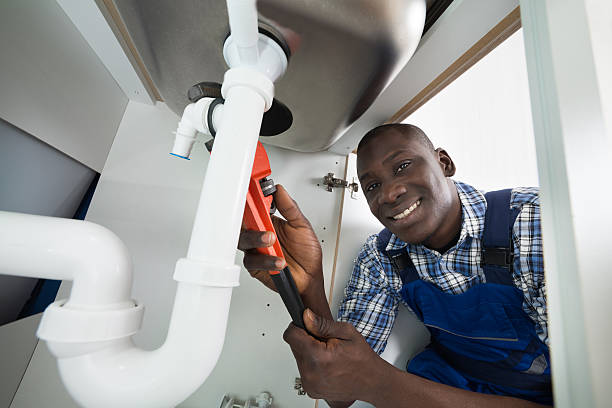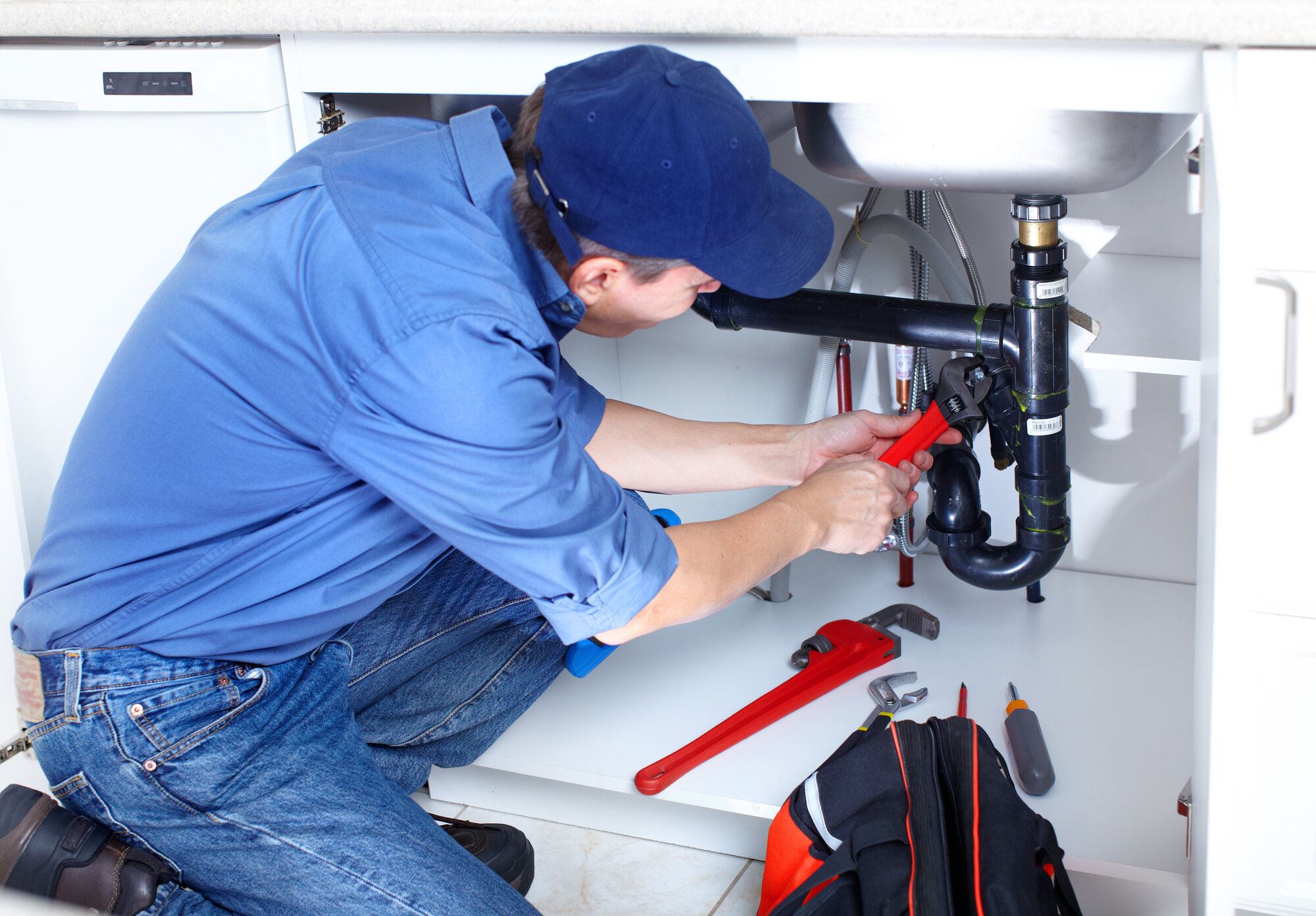Complete Plumbing Alabaster AL Solutions for Your Home
Complete Plumbing Alabaster AL Solutions for Your Home
Blog Article
A Step-by-Step Overview to Efficient Hot Water Heater Installation for Optimal Efficiency
Starting the task of installing a hot water heater is an endeavor that demands precision and an organized strategy for accomplishing ideal performance. The process begins with the critical choice of picking the appropriate heating unit customized to the particular needs of your house, taking into consideration aspects such as kind, size, and power source. As soon as selected, preparing the installation location to meet security standards is extremely important. The trip doesn't end right here. As you continue, the ins and outs of connecting water supply lines and establishing reliable electric or gas connections await, appealing insights right into guaranteeing performance and reliability.
Picking the Right Water Heating Unit

Next, take into consideration the size and ability of the hot water heater. It's important to assess your home's warm water needs, which can vary based on the number of owners and their usage patterns. An unit that's as well little may bring about insufficient warm water, while a large design could lead to unneeded power intake.
Performance rankings also play a critical function in choice. Search for hot water heater with high Power Aspect (EF) ratings, showing remarkable efficiency and minimized power use. Tankless designs, though generally much more costly in advance, offer substantial energy savings gradually as a result of their on-demand home heating abilities.
Preparing the Setup Area
Before mounting a brand-new hot water heater, careful preparation of the installment area is essential. This makes sure a smooth setup process and assists avoid future problems (Plumbing Alabaster AL). Begin by choosing an appropriate place that abides by regional building ordinance and safety requirements. The area needs to be dry, well-ventilated, and available for maintenance. It's critical to determine the space carefully to fit the hot water heater's dimensions, guaranteeing sufficient clearance around the unit for effective operation and maintenance.
Next, eliminate any particles, dirt, or obstructions from the website to create a clean atmosphere. Examine the flooring for security, as the water heater will certainly need a solid, level surface to operate properly. If necessary, install a drip pan below the system to capture possible leakages or spills, protecting against water damage to the surrounding area. In regions vulnerable to seismic task, take into consideration setting up seismic bands to protect the heater strongly in position.
Furthermore, make sure that all needed tools and materials are on hand prior to starting the setup. This consists of products such as wrenches, screwdrivers, a level, and any kind of added equipment required for installing and securing the heater. A well-prepared installment location sets the structure for a successful water heater configuration, optimizing efficiency and safety and security.
Connecting Water System Lines
When linking supply of water lines to your newly mounted hot water heater, it is vital to guarantee that all connections are leak-free and safe and secure to preserve efficient operation and avoid water damage. Begin by recognizing the chilly and hot water supply lines. The chilly water inlet is usually marked with a blue label or a "C", while the warm water outlet is noted with a red label or an "H".
Use flexible water heating unit ports to facilitate a simpler installment process. Before attaching the adapters, put a plumbing professional's tape around the threaded ends of the water heater's inlet their explanation and outlet pipes.
When links remain in area, slowly activate the major supply of water valve. Examine each link for leakages by aesthetically really feeling and examining for dampness. Tighten up links as needed, and make certain the stress alleviation shutoff is appropriately mounted, safeguarding versus too much stress accumulation.
Establishing Electrical or Gas Connections
Properly establishing the electric or gas links for your water heating system is a crucial action to make certain secure and reliable operation. For electric hot water heater, begin by validating that the electric circuit is suitable with the heating unit's voltage and amperage requirements. Ensure the power supply is shut off at the breaker to stop mishaps. Connect the electrical cords to the heating unit complying with the manufacturer's circuitry layout. Usually, this entails connecting the ground cord to the eco-friendly terminal, and the staying cords to their matching terminals, protecting each with cable nuts.
For gas water heating units, security is critical. Attach the gas line to the water heater utilizing an adaptable gas connector, ensuring it is appropriately threaded and sealed with pipeline joint compound or Teflon tape appropriate for gas links.
As soon as connections are made, check for any kind of potential leaks. For gas lines, apply a soapy water solution to the joints; bubbles suggest a leakage. For electric connections, confirm that all electrical wiring is safe and secure and properly protected, preserving conformity with neighborhood electric codes.
Testing and Adjusting for Effectiveness
With the electric and gas links safely in position, the next action is reviewing the operational effectiveness of your water heating unit. Begin by carefully switching on the water and guaranteeing there are no leakages at any one of the shutoffs or joints. As soon as validated, continue to load the container, taking notice of the stress and temperature settings. It is advisable to establish the thermostat to a suggested temperature level of around 120 ° F(49 ° C) to balance energy efficiency and convenience.
Next, carry out a detailed examination to make sure the burner or burner are functioning appropriately. For electric heaters, make use of a multimeter to confirm if the elements are attracting the proper Source current. In gas versions, observe the burner flame; it needs to be blue and steady, suggesting reliable burning.
Change the setups as needed to eliminate inadequacies. Think about executing insulation measures, such as including a hot water heater covering, to better boost performance by lessening heat loss. In addition, check the anode pole's condition, as a deteriorated rod can lower effectiveness and lead to container corrosion.
Final Thought
Efficient water heating system installation is vital for making sure ideal efficiency and energy cost savings. Securely linking water supply lines and very carefully setting up electrical or gas links lessen prospective problems.

Effectively setting up the electric or gas links for your water heating unit is a crucial step to make certain effective and secure procedure. For electrical water heating systems, begin by confirming that the electric circuit is compatible with the heater's voltage and amperage requirements. Attach the gas line to the water heating system utilizing a flexible gas adapter, ensuring it is properly threaded and secured with pipeline joint compound or Teflon tape ideal for gas links.
Report this page